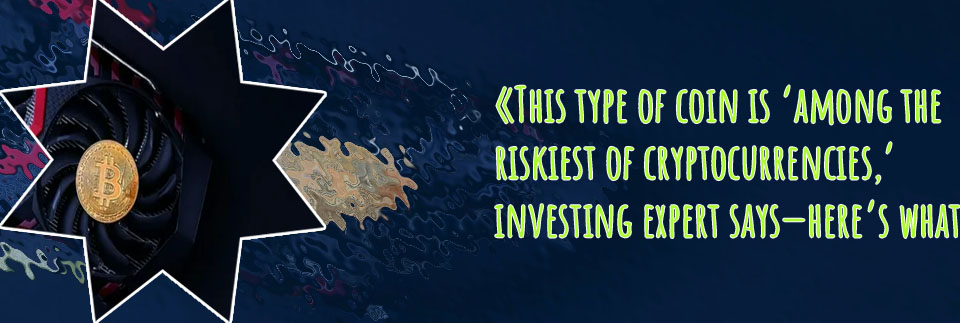Bitcoin's scarcity is a fundamental aspect of its value proposition, with only 21 million bitcoins ever to be mined. This limit on the total supply of the cryptocurrency has sparked much discussion and debate within the crypto community. To delve deeper into this topic, here are 2 articles that explore different aspects of the 21 million bitcoin limit:
Unpacking the 21 Million Bitcoin Limit: What It Means for the Future of Cryptocurrency

As the world of cryptocurrency continues to evolve, one key topic that has sparked significant debate among enthusiasts is the 21 million Bitcoin limit. This limit, built into the very core of Bitcoin's design, dictates that only 21 million Bitcoins will ever be mined, creating scarcity and driving up value.
Many experts have weighed in on what this limit means for the future of cryptocurrency. Some argue that the finite supply of Bitcoin will lead to increased demand, making it a valuable store of value similar to gold. Others believe that the fixed limit could pose challenges for the cryptocurrency's scalability and adoption in the long run.
Regardless of the differing opinions, one thing is certain: the 21 million Bitcoin limit will continue to be a hot topic in the world of cryptocurrency. Whether you're a seasoned investor or just getting started in the space, understanding the implications of this limit is crucial for making informed decisions about your investment portfolio. Stay tuned as experts continue to unpack the significance of this key aspect of Bitcoin's design and its implications for the future of cryptocurrency.
This article is important for the topic "Bitcoin limit" as it sheds light on the significance of this fundamental aspect of Bitcoin and its potential impact on the future of cryptocurrency. It provides readers with valuable insights and perspectives from experts in the field
The Halving: How Bitcoin's Scarcity Mechanism Impacts Its Price and Adoption
"The Halving: How Bitcoin's Scarcity Mechanism Impacts Its Price and Adoption" is a comprehensive and insightful exploration of one of the most critical elements of the Bitcoin ecosystem. The concept of the halving, which occurs approximately every four years, plays a vital role in regulating the supply of new Bitcoins entering circulation, ultimately leading to increased scarcity. This scarcity mechanism has a direct impact on the price of Bitcoin, as history has shown that the halving events are often followed by significant price increases.
The article delves into the history of the halving events and their correlation with price movements, providing readers with a clear understanding of how this scarcity mechanism influences market dynamics. Furthermore, it also discusses the potential implications of the halving on Bitcoin adoption, highlighting how scarcity can drive demand and elevate the cryptocurrency's value proposition.
For investors, traders, and enthusiasts in the world of cryptocurrencies, understanding the mechanics of the halving is essential for making informed decisions and maximizing potential profits. Additionally, policymakers and economists can benefit from this knowledge to gain insights into the unique characteristics of Bitcoin that set it apart from traditional fiat currencies. Overall, "The Halving: How Bitcoin's Scarcity Mechanism Impacts Its Price and Adoption" is a must-read for anyone looking to delve deeper
